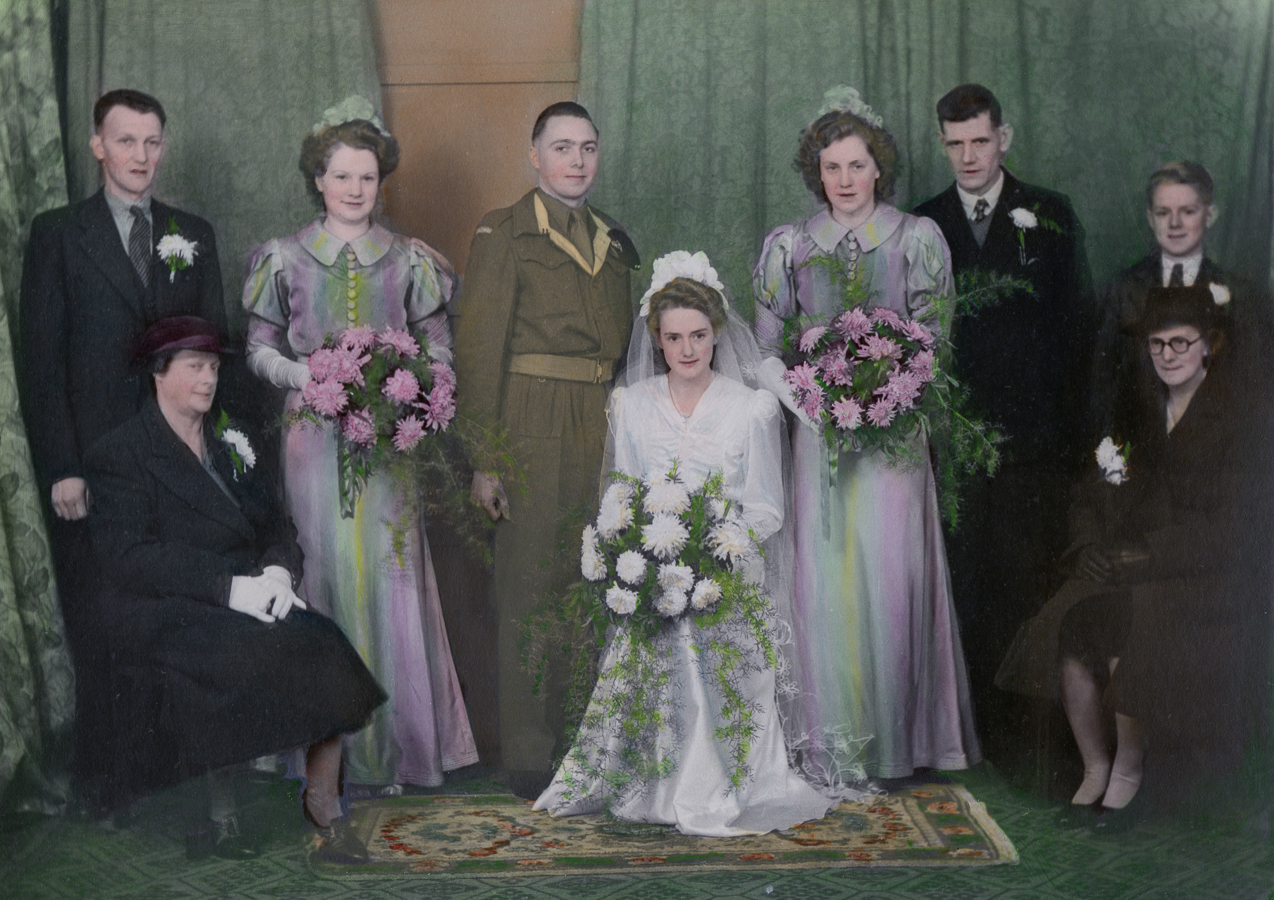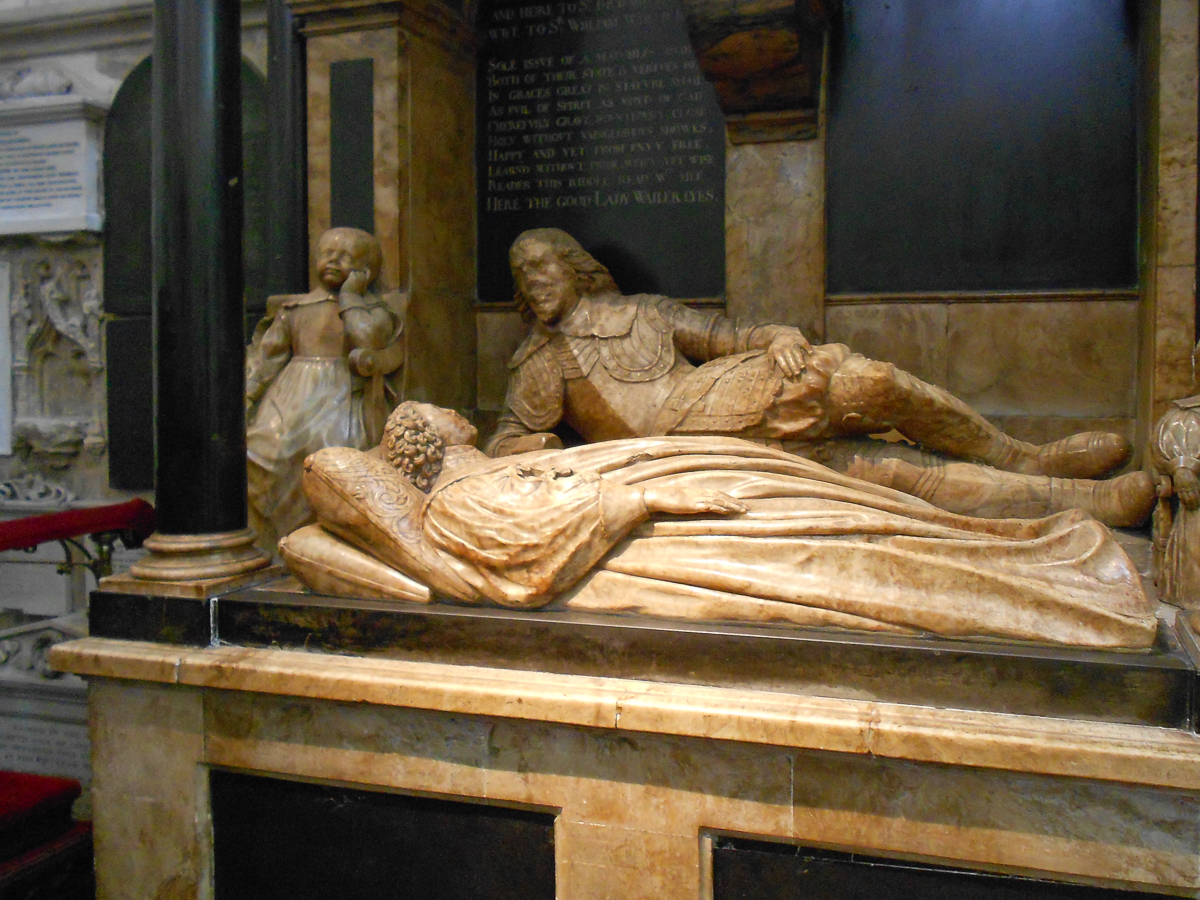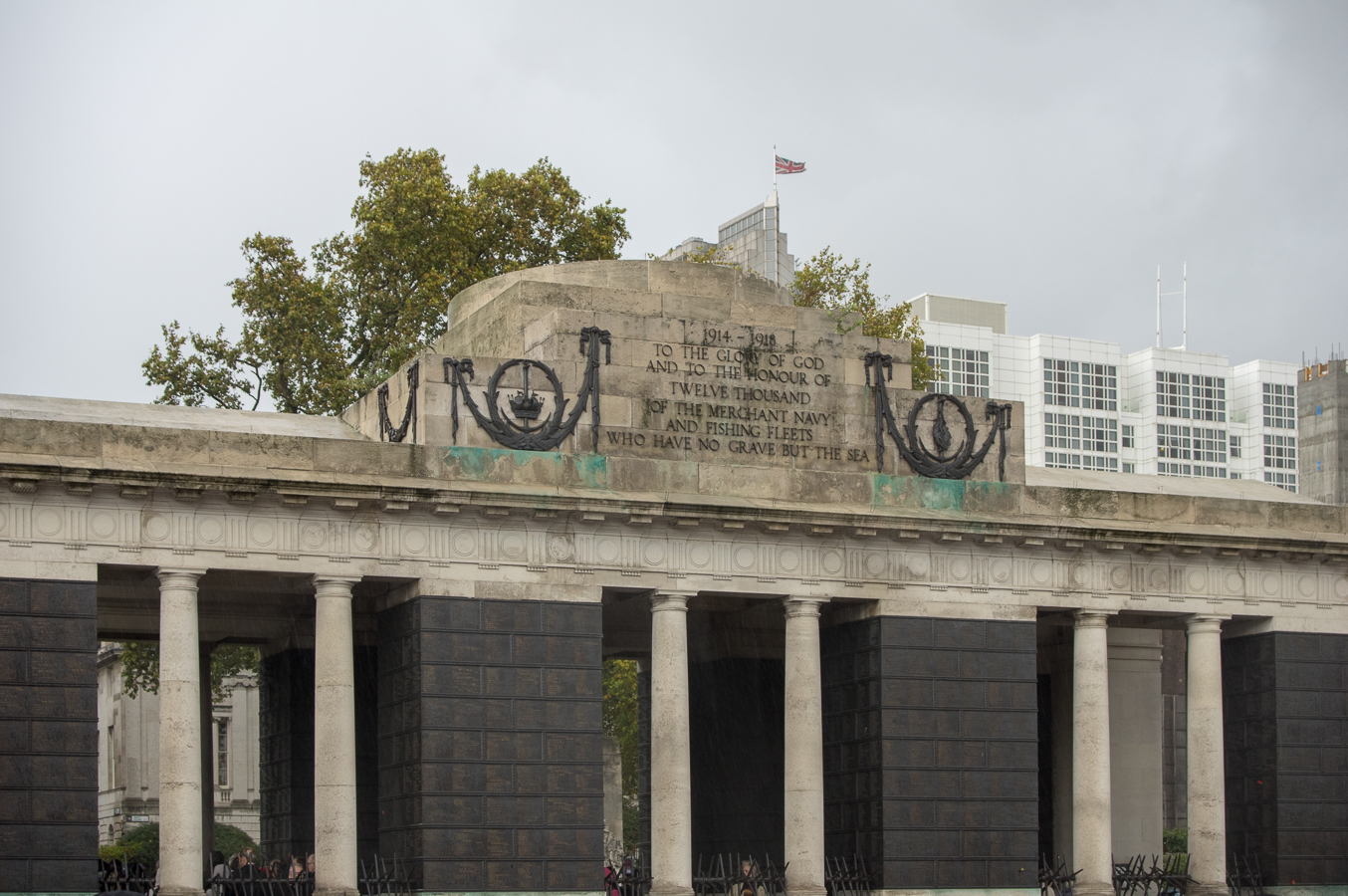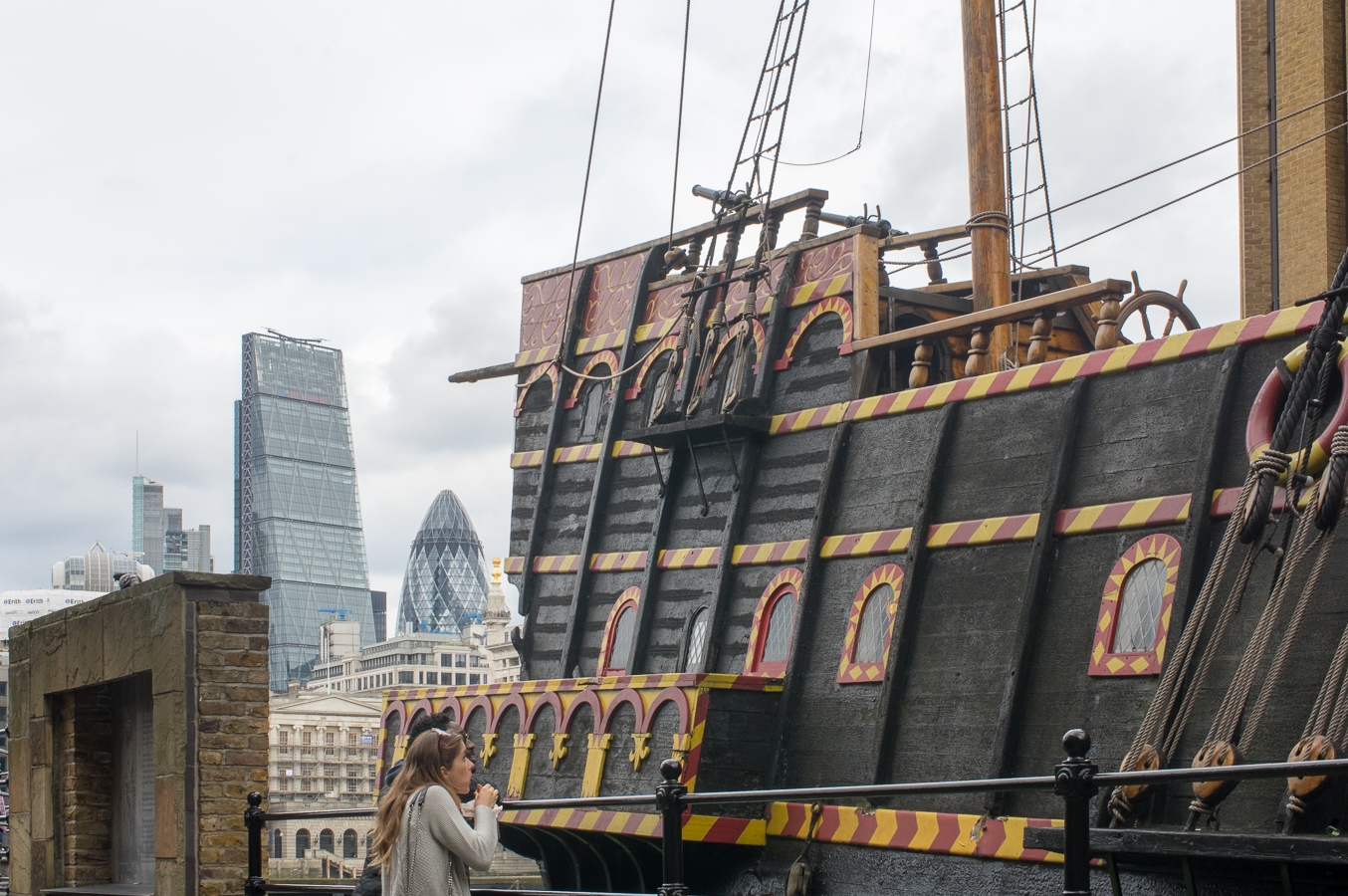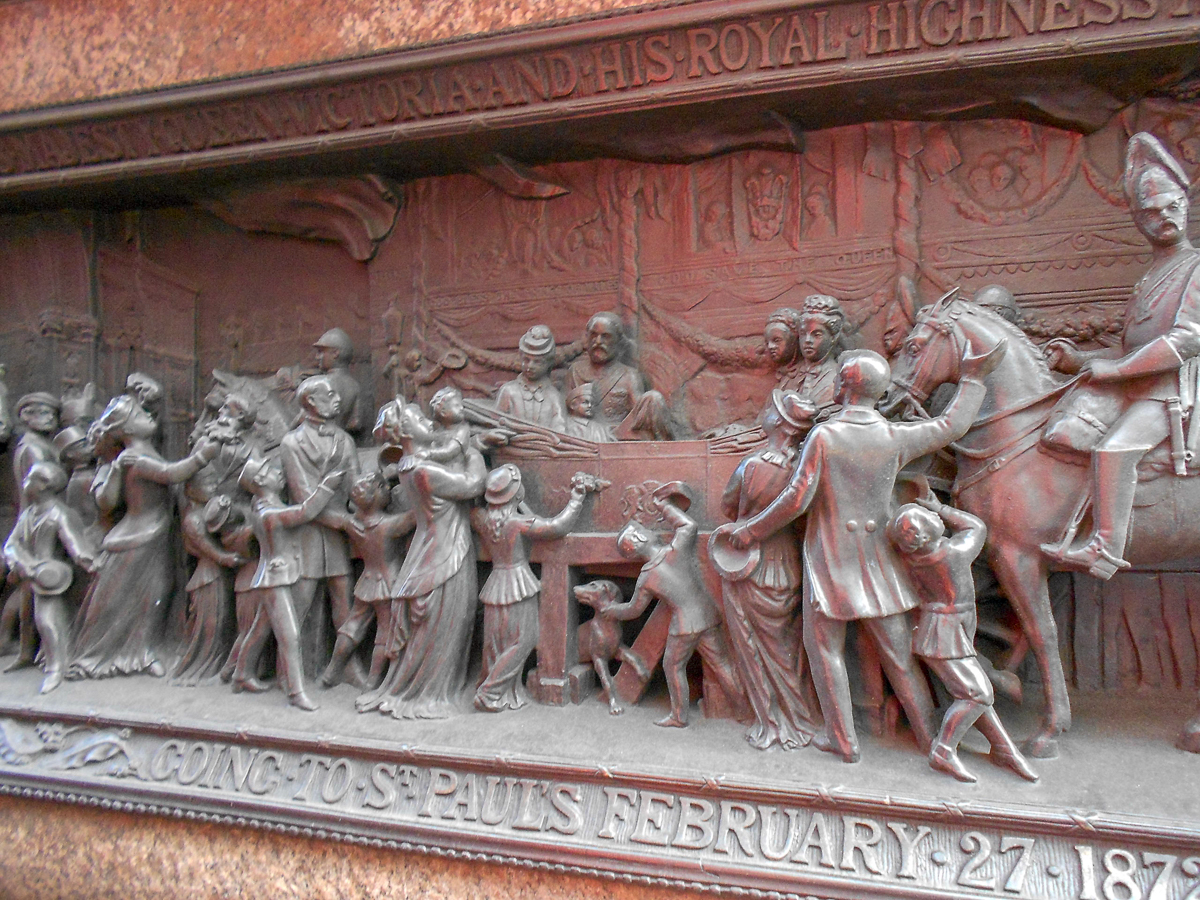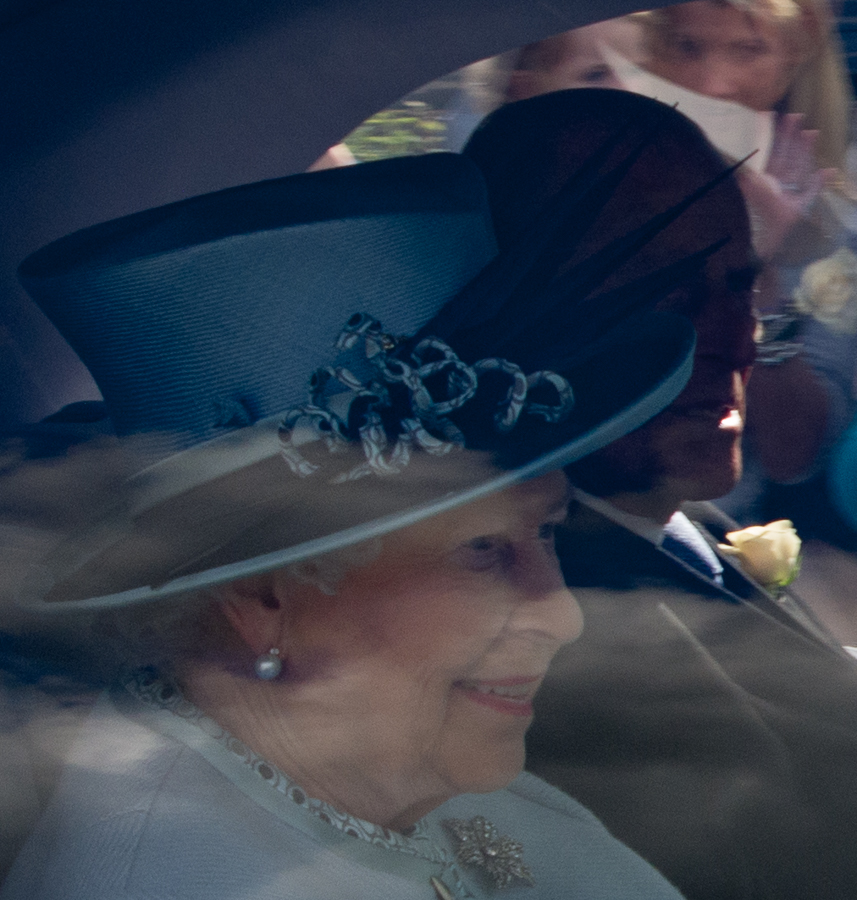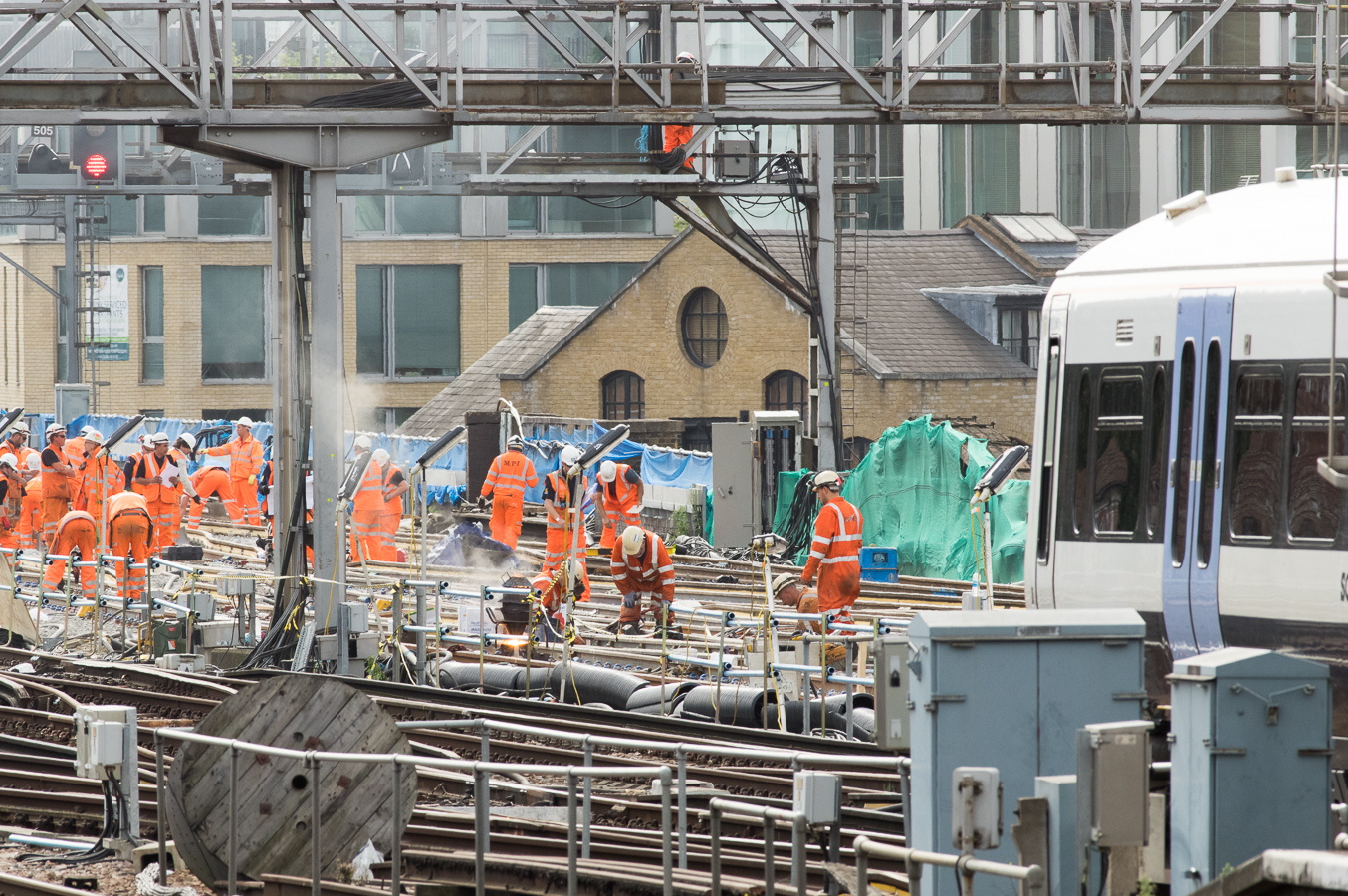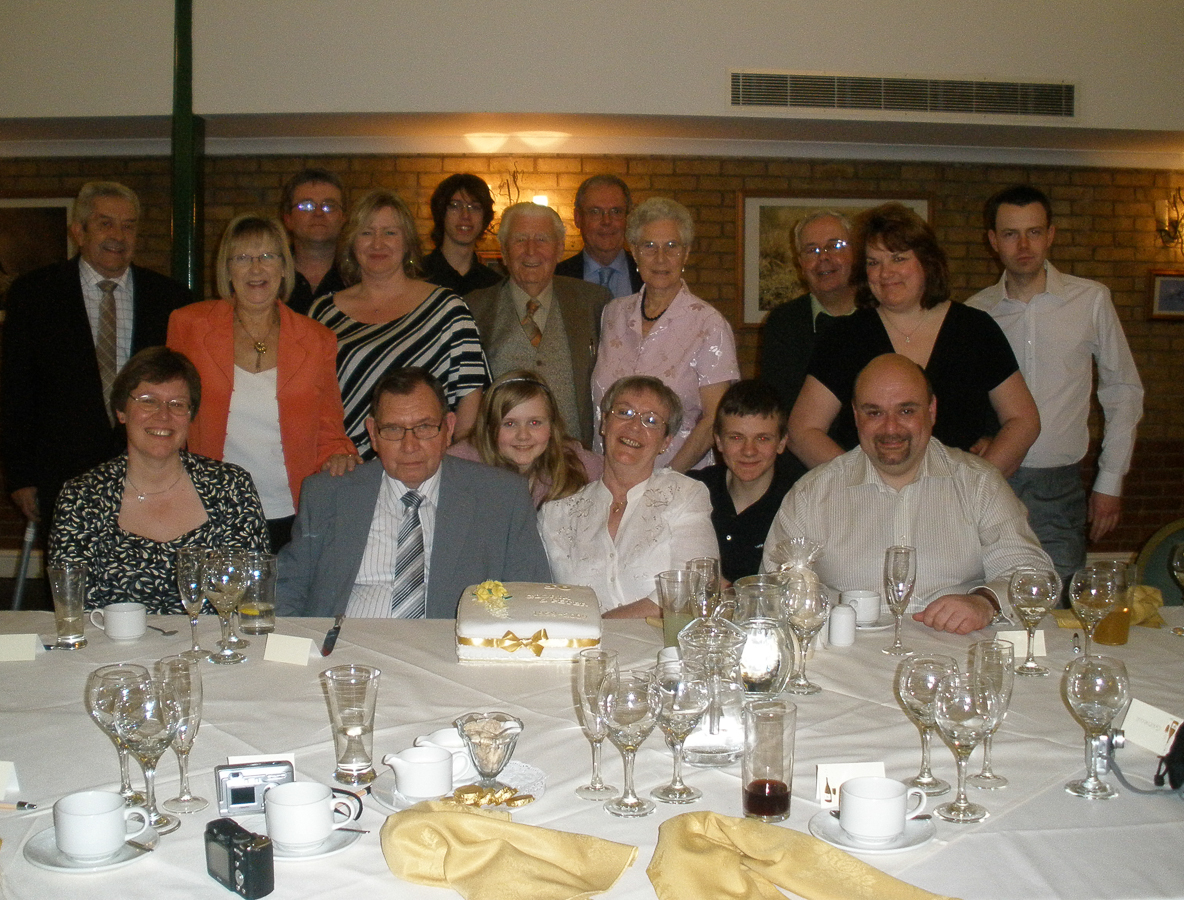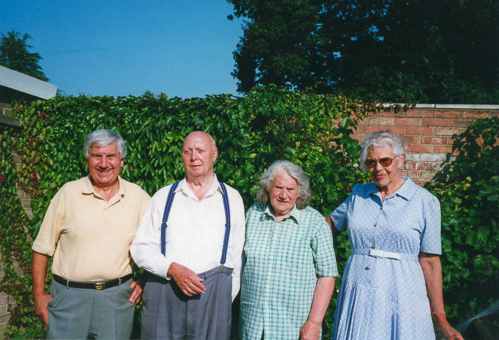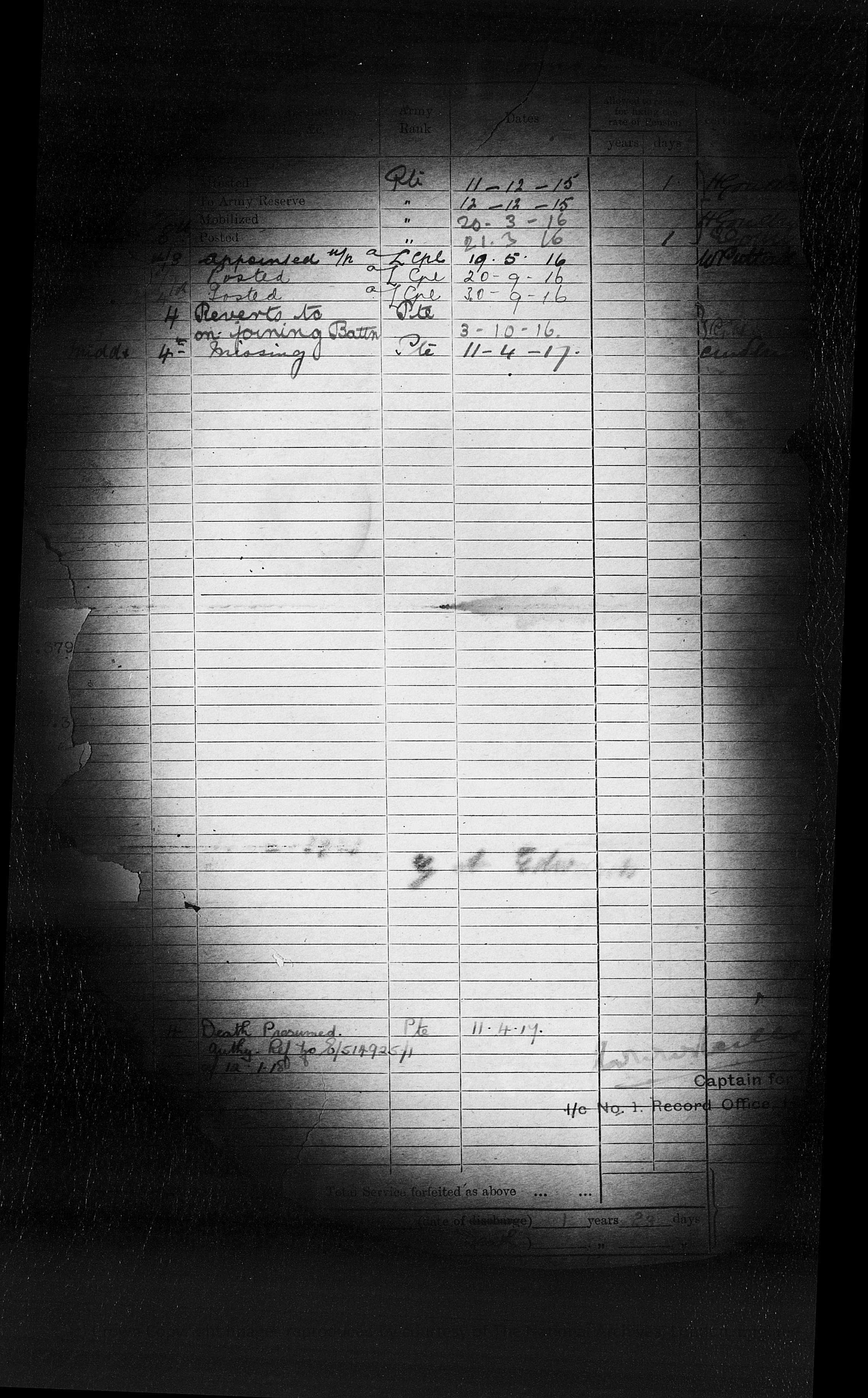Custodian 4 for Family Historians
I have built a dataset in Excel for the Baptism, Marriage, and Burial in the Parish of Broadwindsor, Dorset. I can use that dataset to look up people and create statistics, or data analytics. It is very powerful to have the data in a mass dataset which can be sliced in all sorts of fashion.
As I write this, there are the following
| Baptisms | Total | Baptism | Records | 8670 | Years | From | 1563 | To | 1906 | ||||
| Marriages | Total | Marriage | Records | 2021 | Years | From | 1563 | To | 1920 | ||||
| Burials | Total | Burial | Records | 5567 | Years | From | 1669 | To | 1939 |
It is all well and good having over 15,000 records, but what to do with them?
Part of it is to do with The Bignells and the Pomeroys of Broadwindsor, the initial tree that set me on this journey. Follow the link to read about that,
Having all of the parish data in one place is a significant aid to be able to sort out one family from another, especially as there are known to be at least two separate Family groups with the surname Pomeroy, according to Chris Pomery's DNA research. It helps build the relationships form the records more easily than with say Ancestry, which has more of an individual focus.
However, as beneficial as an excel or database dataset is, it is not very mobile in terms of Family History Software.

